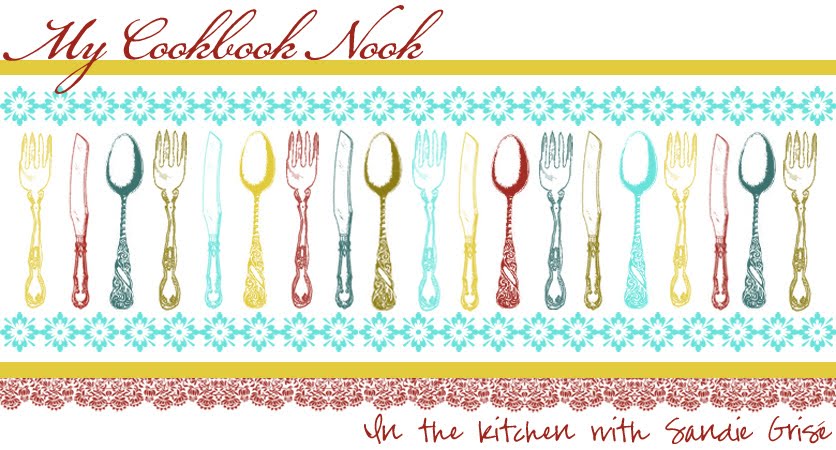* Everyone knows about St. Patrick and the snakes of Ireland, but did you know that St. Patrick lived to the ripe age of 106?
* The first time corned beef showed up was in a 12th century poem, "Vision of MacConglinne", where it was described as a delicacy given to a king to conjure the "the demon of gluttony" from his belly.
* In these early times, the Celts didn't eat cattle; they ate pork. Cattle was for accumulating wealth and status. A head of cattle was only killed when it no longer gave milk or was beyond being bred.
* One of the greatest ancient wars was the over cattle rustling...the Cattle Raid of Cooley.
* Wealth, power and status through cows. Killing a cow when it could still give milk would be like lighting a Macanudo cigar with a hundred dollar bill...only for the truly rich.
* Corned beef doesn't show up in writings again until the 1600's as a specialty dish for Easter. Cattle that had to be slaughtered in the winter were preserved with salt and eaten after the long meatless Lenten fast at Easter dinner!
* Corned beef has absolutely nothing to to with corn at all. It's all about salt. Salt was a very expensive thing until modern times thereby adding to the dearness of the dish.
* The name comes from the salt itself. The granules were so large...as large as a kernel of corn...that they called them salt corns...hence, corned beef!
* Corned beef is synonymous with salt cured...either dry rubbed with salt or wet in a brine.
* It's a boneless brisket that is the cut for corned beef; usually the whole brisket weighs between 12-13 pounds.
* Then the brisket is divided into two distinct cuts...flat and point. The names tell the tale. The flat cut is precisely that, the lean rectangular cut of the brisket; while the point is the end cut, thicker and fattier. It is generally more flavorful and tender. Both cuts range in size from 3 to 6 pounds each.
* You may see on the label or from the butcher either "gray" or "regular". If the corned beef has had sodium nitrite added to the brine the meat will be a rosy color or what is referred to as regular. The nitrites react to the purple color pigments in the meat retaining the high pink color. Some people notice a chalky flavor. Without the nitrites, the beef lacks the bright color we are familiar with; hence, "gray". If you are opposed to nitrites, or allergic...get the "gray" corned beef.
January 12, 2007
Subscribe to:
Post Comments (Atom)



No comments:
Post a Comment